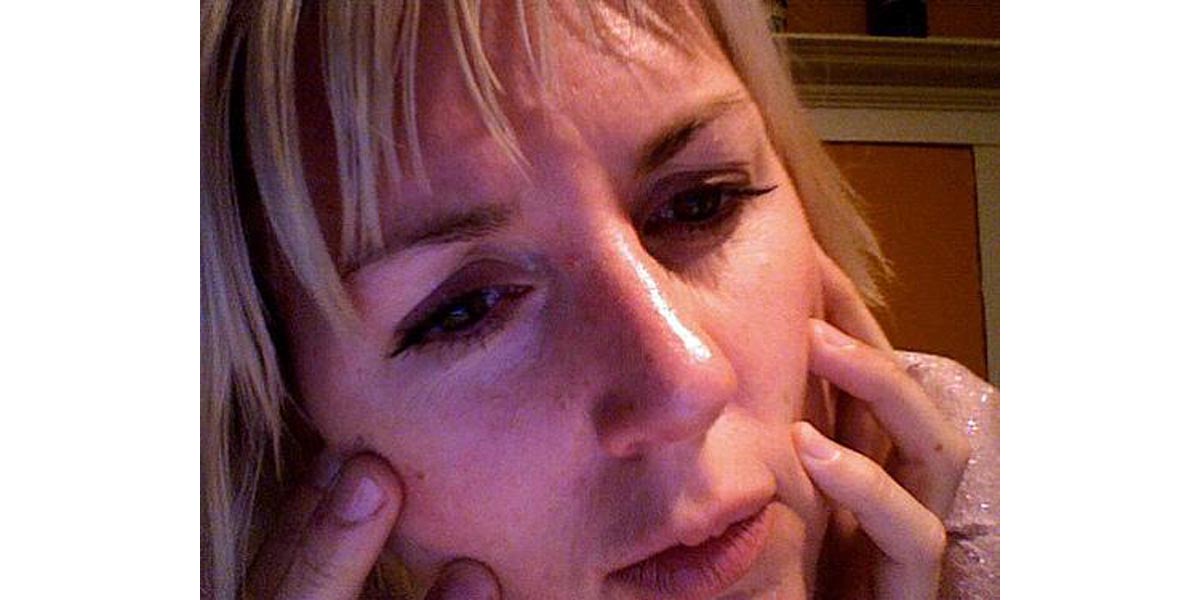Table of Contents

Chibixiao- Chibixiao is a formulation derived from Traditional Chinese Medicine (TCM) principles and contains loquat leaf, mulberry bark, scutellaria root, imperata rhizome, red peony root, safflower, red sage root, chuanxiong, dahurian angelica root, motherwort, and Chinese trumpet creeper flower. The cure rate was 87.5% and the recurrence rate was 6.5%. The control group, treated only with spironolactone, showed only a 45% cure rate with a 41.2% recurrence rate.2
Azelaic acid, used in the conventional treatment of rosacea, is a naturally occurring acid found in whole grain cereals and animal products. Azelaic acid has been shown to tone and normalize skin cell growth and function as an antibiotic as well. The Food and Drug Administration (FDA) has approved it as a topical preparation to treat acne, and it has shown some usefulness in treating rosacea as well. In one trial of a cream containing 20% azelaic acid, patients with the pustule form of rosacea experienced a 73% decrease in inflammation and a 48% reduction in redness scores. There were only mild adverse reactions.3
Another trial compared azelaic acid with metronidazole—patients reported greater success and satisfaction with the azelaic acid treatments.4
Glycyrrhiza glabra (Licorice) has been traditionally used to treat rosacea and is generally considered as safe (GRAS) by the FDA. A 10-20% glycyrrhiza cream has been used, most often with other herbs such as Echinacea, Pau d’arco, turmeric, rose hips, aloe, burdock, tea tree oil and chamomile. Tea tree oil can be used alone in a cream where it generally is used at 5-20%.
Vitamins that are often recommended include beta-carotenes and Vitamin A, Vitamins E and C, and the minerals zinc and selenium.
Probiotics and digestive enzymes have sometimes been recommended (along with the betaine-HCl) to aid in proper digestion and absorption of foods. It has long been believed in naturopathic medicine that a good deal of health depends on a healthy GI system—and this is where the probiotics, the digestive enzymes and proper acid levels can help.
- 1. Rigopoulos D., Kalogeromitros D., Gregoriou S., et al: Randomized placebo-controlled trial of a flavonoid-rich plant extract-based cream in the treatment of rosacea. J Eur Acad Dermatol Venereol 19. (5): 564-568.2005.
- 2. Yu T.G., Zheng Y.Z., Zhu J.T., et al: Effect of treatment of rosacea in females by Chibixiao Recipe in combination with minocycline and spironolactone. Integr Med 12. (4): 277-280.2006.
- 3. Bjerke R., Fyrand O., Graupe K.: Double-blind comparison of azelaic acid 20% cream and its vehicle in treatment of papulo-pustular rosacea. Acta Derm Venereol 79. 456-459.1999.
- 4. Maddin S.: A comparison of topical azelaic acid 20% cream and topical metronidazole 0.75% cream in the treatment of patients with papulopustular rosacea. J Am Acad Dermatol 40. (6 Pt 1): 961-965.1999.http://farm5.staticflickr.com/4023/4481145735_480a1a0440.jpg
- farm3.staticflickr.com/2140/2422018901_5b38cf6247.jpg
- farm5.staticflickr.com/4023/4481145735_480a1a0440.jpg
- farm3.staticflickr.com/2140/2422018901_5b38cf6247.jpg
- www.steadyhealth.com/sites/steadyhealth.com/data/userfiles/articles/2597/Image/external_52170ca5de518.jpg
- www.steadyhealth.com/sites/steadyhealth.com/data/userfiles/articles/2597/Image/external_52170ca65d9fa.jpg

